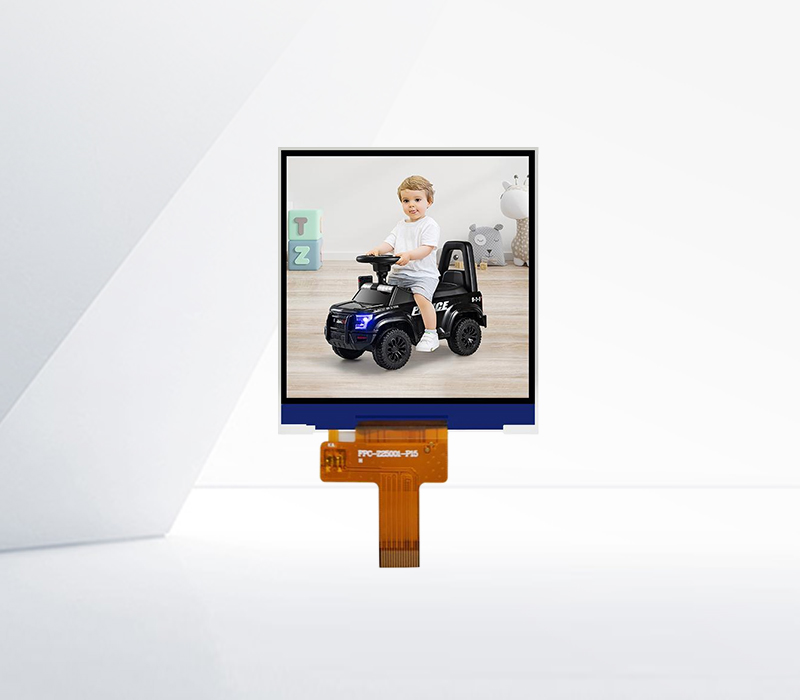




Calibration is an important process for touch screens to ensure accurate touch input.
For many touch - screen devices, the calibration process is relatively straightforward. In some smartphones and tablets, users can access the calibration settings through the device's settings menu. Usually, it is located under the "Display" or "System" section. Once in the calibration settings, the device will typically prompt the user to perform a series of touch gestures on specific points on the screen. For example, it may display a series of crosshairs or dots, and the user needs to touch each one precisely. The device then uses these touch inputs to adjust the touch - sensing algorithms and align the touch responses with the actual screen coordinates. In industrial touch - screen systems, the calibration process may be more complex. Some industrial touch - screens require the use of special calibration tools or software. Technicians may need to connect a calibration device to the touch - screen and follow a specific calibration procedure provided by the manufacturer. This often involves setting the touch - screen to a calibration mode and then performing a series of touch operations on the screen to fine - tune the touch - sensing parameters.
However, touch screens can encounter several common problems related to calibration. One of the most prevalent issues is inaccurate touch registration. This can occur when the touch - screen registers touches in the wrong locations. For example, a user may tap on an icon on the left - hand side of the screen, but the device may register the touch as if it was on the right - hand side. This problem can be caused by a variety of factors, such as a misaligned touch - sensing layer, software glitches, or physical damage to the screen. Another common problem is unresponsive touch areas. Some parts of the touch - screen may not respond to touch at all, making it difficult for the user to interact with the device. This can be due to a damaged touch - sensor, a loose connection between the touch - screen and the device's motherboard, or a software issue that affects the touch - screen driver. Ghost touches are also a nuisance. This is when the touch - screen registers phantom touches or taps without any actual user input. Ghost touches can be caused by electrical interference, software bugs, or a malfunctioning touch - screen controller.
To troubleshoot calibration problems, there are several steps that can be taken. First, restarting the device can often resolve temporary software glitches that may be causing the calibration issues. Updating the device's software, including the operating system and the touch - screen driver, can also fix known bugs and improve touch - screen performance. If the problem persists, removing any screen protectors or cases may be necessary, as they can sometimes interfere with the touch - sensing capabilities of the screen. In more severe cases, a factory reset of the device may be required, but this should be done as a last resort as it will erase all data and settings on the device. If none of these methods work, it may indicate a hardware problem, and the device may need to be taken to a professional repair service.
